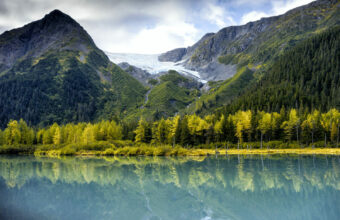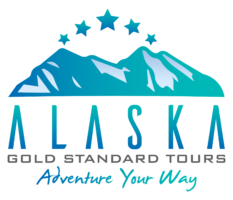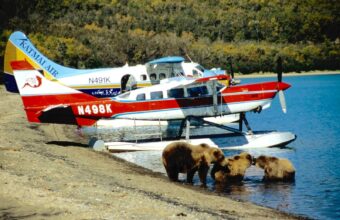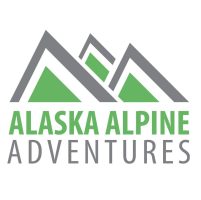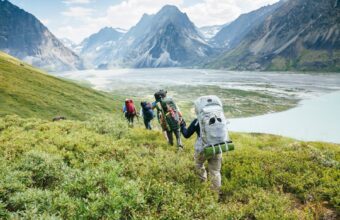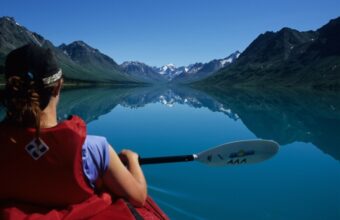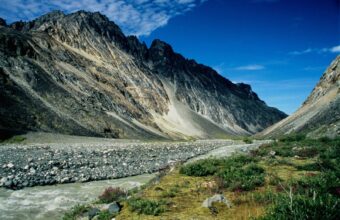Best Places For Backpacking In Alaska
Alaska's best national parks for backpacking trips
Alaska is a backpacker's paradise, where your trail cred will reach new levels.
Whether you’re cutting your teeth on classic tried-and-true routes, or flexing more advanced backpacking skills, Alaska is the place to gear up and get out there. Just remember to plan appropriately and book with a qualified guide if needed!
Here are some of Alaska's best picks for wilderness backpacking trips.
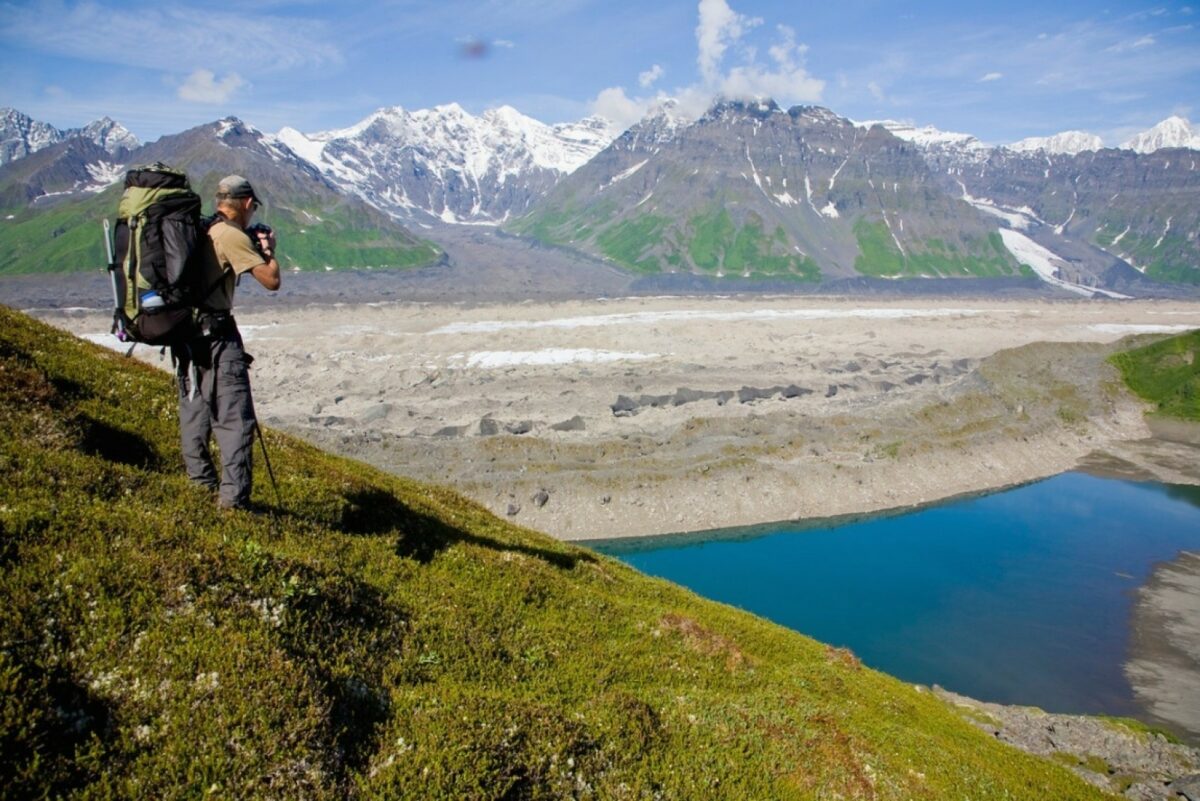
Backpacking through Denali National Park
featured trips
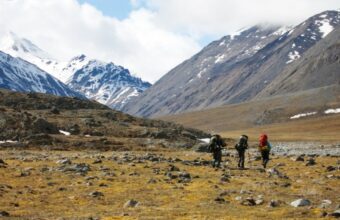
Backpacking ANWR
10 days in the Arctic National Wildlife Refuge
10 days From $6,795 pp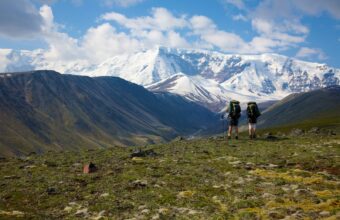
Backpacking Wrangell
Explore the dramatic wilderness of Wrangell - St. Elias National Park
12 days From $5,595 pp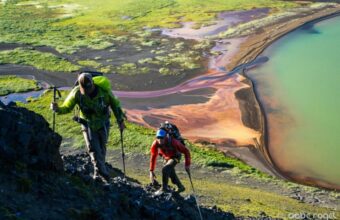
Backpacking the Ring of Fire
Explore ancient volcanoes at Aniakchak National Monument
12 days From $6,595 pp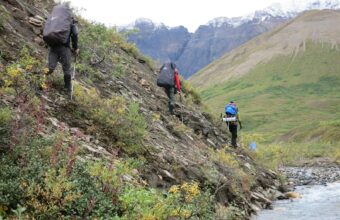
Backpacking the Revelation Mountains
Hike the remote mountains of Lake Clark National Park
10 days From $4,995 pp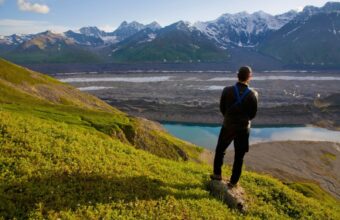
Where to go backpacking in Alaska
Alaska's best places for wilderness backpacking trips
Note: Many of the following locations are true Alaska wilderness, and are best visited with the support of an organised and guided backpacking tour.
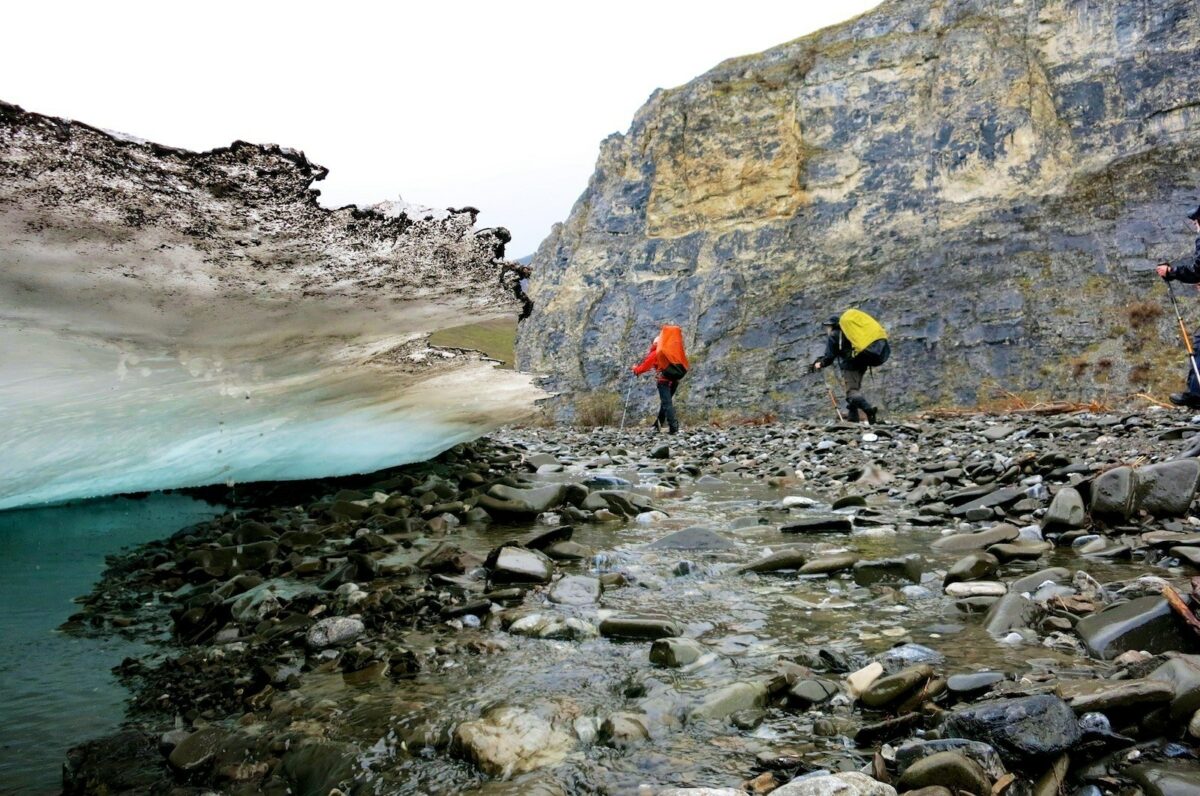
Backpacking in Arctic National Wildlife Refuge (ANWR)
Arctic National Wildlife Refuge
The Arctic National Wildlife Refuge is a vast, trackless wilderness, ideally suited to remote hiking, backpacking, climbing and paddle/float trips.
This is a true wilderness—one of the most isolated places on earth, receiving fewer than 1,000 visitors each year. People generally visit as part of a guided or organised adventure tour.
There are no roads or established trails in ANWR. The only way to get here is by air, by boat (on the rivers) or on foot; the latter happens only very rarely.
Most visitors take a small plane from Fairbanks to either Arctic Village (south of the refuge) or Kaktovik (on Barter Island, in the northerly reaches of the refuge), then take a bush plane to their final destination in the park. The most efficient flight from Fairbanks to Kaktovik takes two hours with Ravn Alaska and Hagelund Aviation.
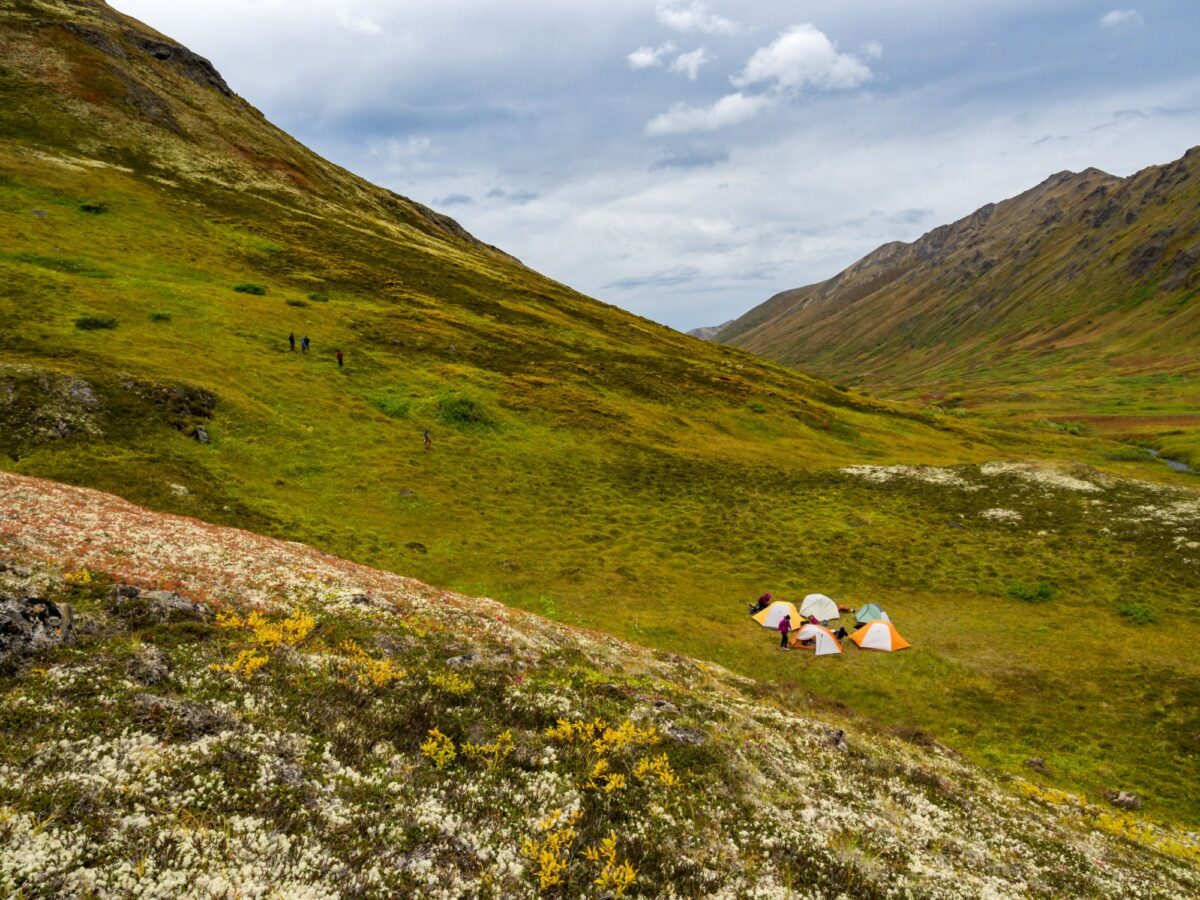
Camping in Mountain Valley, Chugach State Park
Chugach State Park
Extending for roughly 495,000 acres north, south and east of Anchorage and connected to the South-central Alaska road network, Chugach State Park is one of the state’s more accessible adventure spots.
The Chugach Mountains offer several dozen excellent hiking and backpacking trails, much of which across high tundra landscapes, all within easy reach from Anchorage.
Almost all access to Chugach State Park is by road. The park is easily accessed from a number of trailheads in Anchorage, Girdwood, Eagle River, Chugiak/Birchwood, and areas in between.
Read more: How to get to Chugach State Park
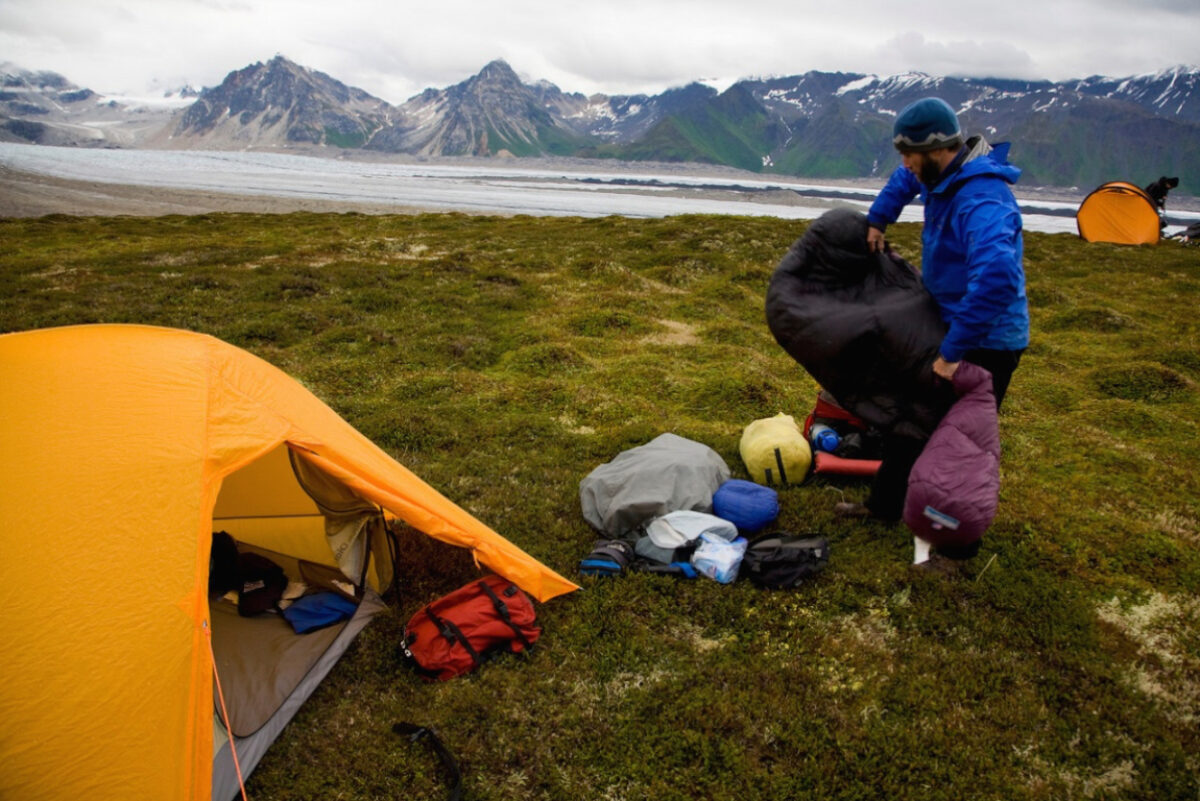
Striking camp in Denali National Park
Denali National Park
Denali National Park and Preserve is a sprawling, 6-million-acre land of snow-clad peaks, tundra-carpeted hills and rushing glacier-fed creeks. Easy access from the road system and being home to Denali (formerly Mt. McKinley) which, at 20,310' / 6,200m, is the tallest mountain in North America, make this one of the most-visited parks in Alaska.
Backcountry hiking and backpacking are very popular. Most of this is done off-trail as there are no established long-distance trails.
Read more: How to get to Denali National Park
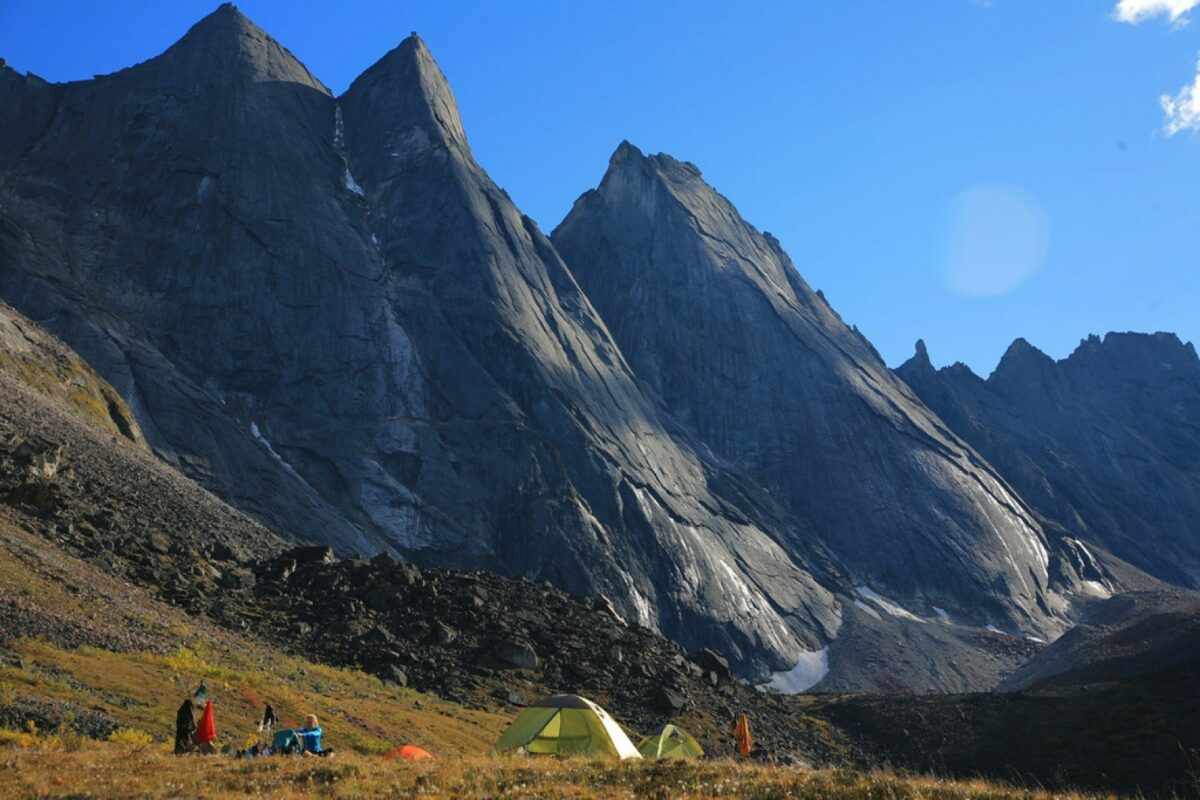
Camping in the shadow of the Arrigetch Peaks in Gates of the Arctic National Park
Arrigetch Peaks, Gates of the Arctic National Park
The Arrigetch Peaks, in Gates of the Arctic National Park, are known for their sheer walls, vertical spires and spectacular relief. They’re deep in the Brooks Range, with very low backpacker traffic.
Most famous for having one of the last completely intact Arctic ecosystems, there are no established or maintained roads or trails here, unless they were created by animals. Hiking and paddling or floating on the rivers are also very popular activities. Keep in mind that travel is difficult, and even seasoned backpackers may manage only five miles in a day.
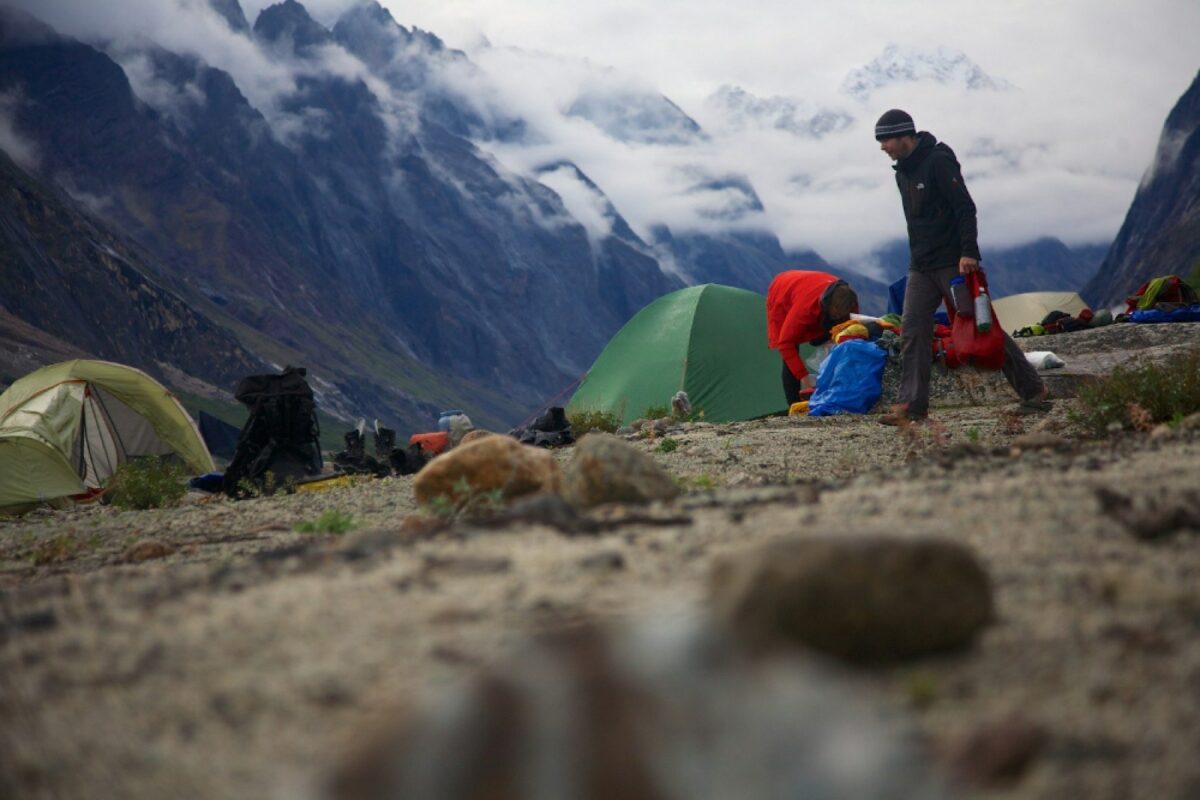
Revelation Mountains in Lake Clark National Park
Revelation Mountains, Lake Clark National Park
Lake Clark National Park is one of Alaska's preeminent backpacking locations, but despite its popularity there is still plenty of true wilderness for backpacking, such as the rugged and remote Revelation Mountains.
The Revelation Mountains have landscapes on a Himalayan scale and are visited by just a handful of hardy backpacking groups, typically on professionally-organised tours.
Read more: How to get to Lake Clark National Park
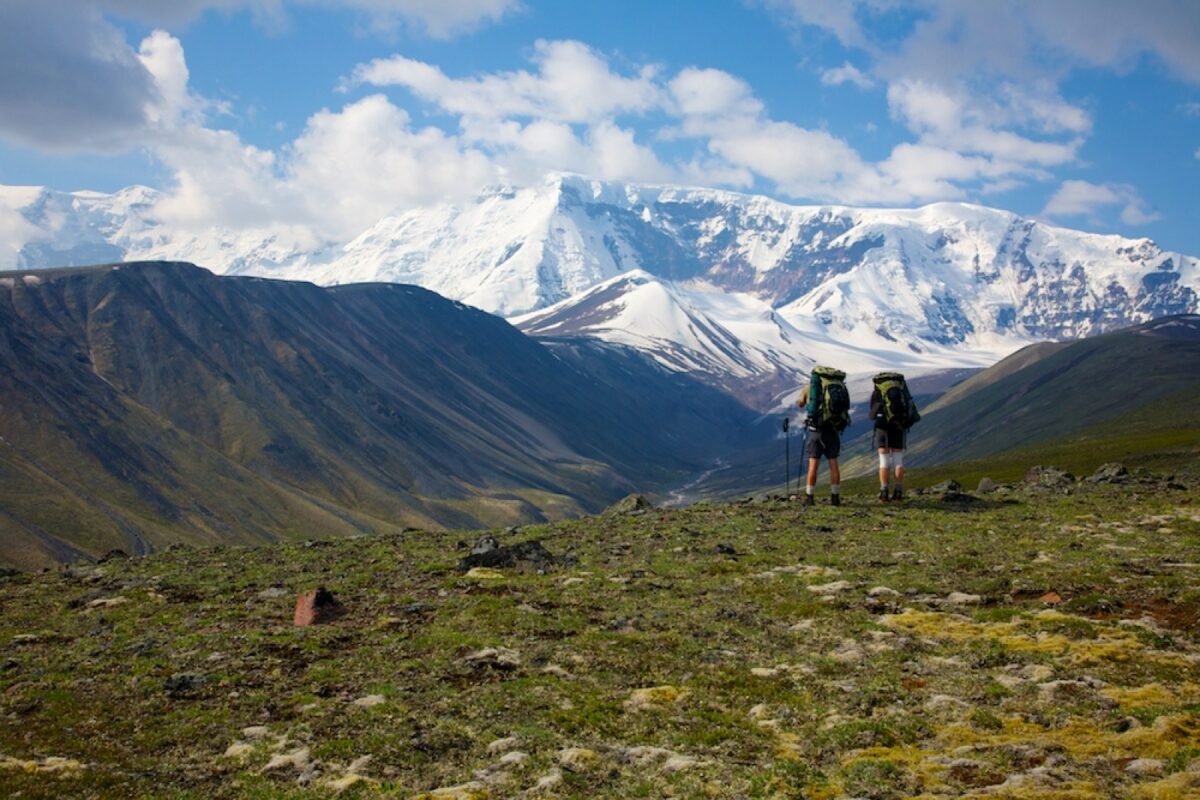
Hiking through glorious Wrangell-St. Elias National Park
Wrangell-St. Elias National Park
Wrangell-St. Elias National Park may be best known for its enormous size; this 13.2 million acre behemoth is twice the size of Maryland. It's also a paradise for mountaineers, sporting some of North America's largest volcanoes but none of the traffic jams you'd find in Denali.
Although access is usually easiest by air taxi, two dirt roads offer limited access into the park.

Brooks Range, Kobuk Valley National Park
Without road access, flightseeing trips are a popular mode of visiting Kobuk Valley National Park, with one of the most notable sites being the Great Kobuk Sand Dunes (and Little Kobuk and Hunt River dunes).
Hiking and backpacking are popular activities in Kobuk Valley National Park. With no designated campgrounds and no road access, be sure to pack everything you will need on your trip into the wilderness.
Kobuk Valley National Park is an excellent place for aurora-viewing in the winter and is a popular spot for activities such as snowmobiling (“snowmachining” to locals), skiing and dog mushing should only be attempted by people with the appropriate equipment and well-tested Arctic survival skills. For most visitors, this means: Don’t even think about it without a guide.
Read more: How to get to Kobuk Valley National Park

